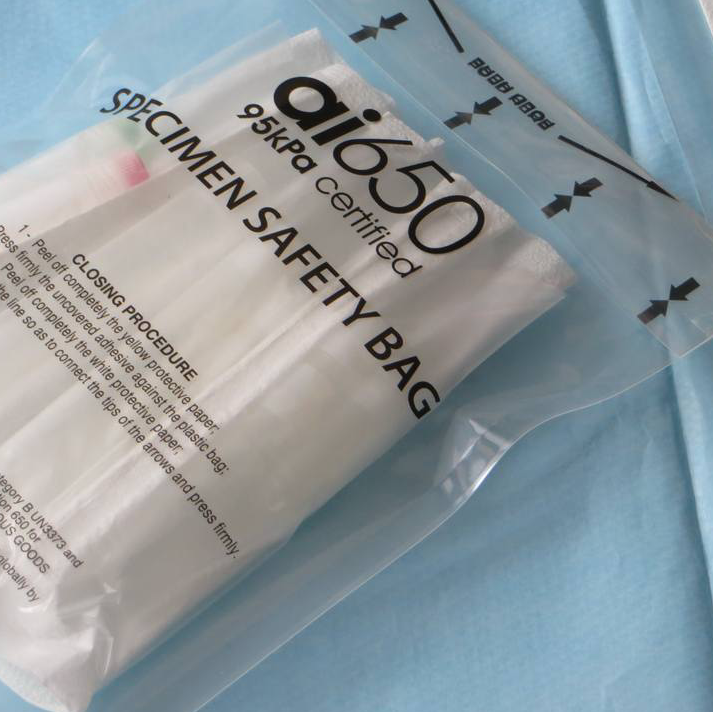
Medical supply shortages are a growing problem, and they can have a significant impact on healthcare providers. When suppliers are on backorder, it can be difficult to get the supplies and equipment needed to provide patient care.
There are a number of things that healthcare providers can do to manage medical supply shortages, including:
1. Plan ahead.
The best way to manage medical supply shortages is to plan ahead. Healthcare providers should work with their suppliers to develop a contingency plan for dealing with shortages. This plan should include identifying alternative suppliers, developing rationing plans, and cross-training staff on how to use different types of supplies.
2. Communicate with your suppliers.
It is important to communicate regularly with your suppliers to understand the status of your orders and to get updates on any potential shortages. This will help you to anticipate and mitigate supply chain disruptions.
3. Prioritize your needs.
When supplies are limited, it is important to prioritize your needs. Healthcare providers should focus on getting the supplies that are essential for patient care. This may mean delaying non-essential procedures or using alternative supplies.
4. Consider using alternative suppliers.
If your regular suppliers are on backorder, you may want to consider using alternative suppliers. However, it is important to do your research to make sure that the alternative suppliers are reputable and can provide the supplies you need.
5. Ration supplies.
If supplies are very limited, you may need to ration supplies. This means allocating supplies to patients based on their needs. Healthcare providers should develop rationing plans that are fair and equitable.
6. Cross-train your staff.
Cross-training your staff on how to use different types of supplies can help you to mitigate the impact of supply shortages. For example, if you have a shortage of surgical masks, you can train your staff on how to use alternative types of masks.
7. Use technology to manage your inventory.
Technology can help you to manage your inventory more effectively and to identify potential shortages early on. There are a number of software solutions available that can help you to track your inventory levels and to forecast demand.
8. Consider using a group purchasing organization (GPO).
GPOs are organizations that negotiate discounts on medical supplies and equipment for their members. GPOs can help healthcare providers to save money on supplies and to get access to supplies that may be in short supply.
9. Work with the government.
The government is working to address medical supply shortages. Healthcare providers can work with the government to advocate for policies that promote supply chain resilience and equity.
Here are some additional tips for managing medical supply shortages:
- Be flexible. Be prepared to change your plans and procedures as needed to accommodate supply shortages.
- Be creative. Look for creative ways to use your existing supplies and to get the supplies you need.
- Be communicative. Communicate with your patients, staff, and other stakeholders about supply shortages.
- Be patient. It may take time to resolve supply shortages. Be patient and work with your suppliers and other stakeholders to find solutions.
Medical supply shortages can be a challenge, but by following these tips, healthcare providers can manage them effectively and continue to provide high-quality care to their patients.





